Maritime Labour Convention 2006: An Important Analysis for Maritime Professionals
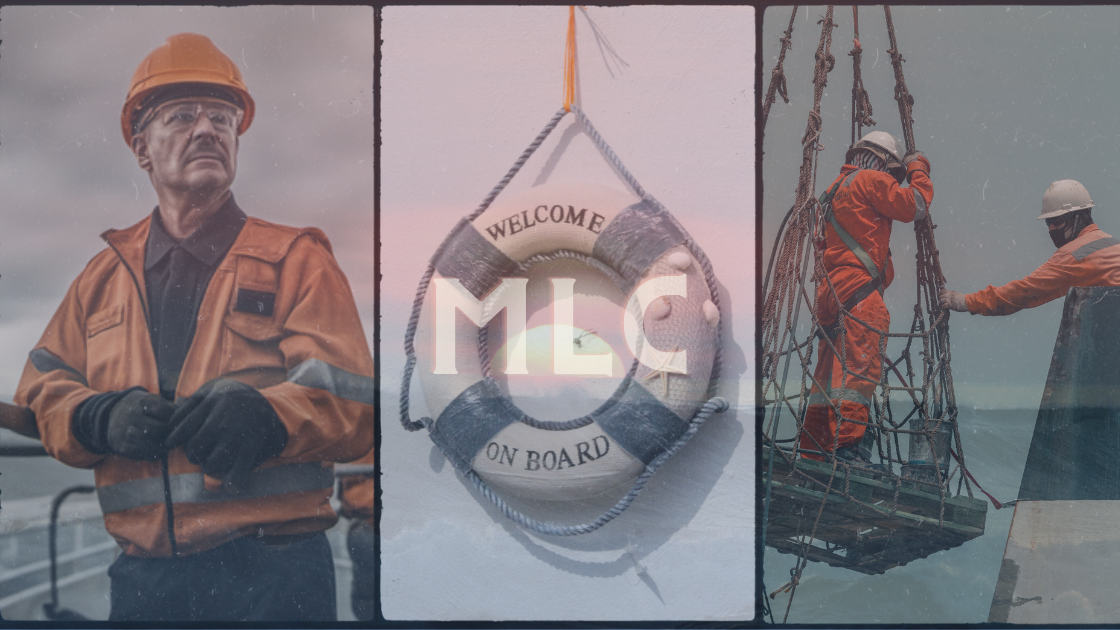
The Maritime Labour Convention is an international labour convention adopted by the International Labour Organization (ILO) that sets out comprehensive rights and principles for the protection of seafarers' rights and working conditions. It establishes minimum working and living standards for seafarers, covering aspects such as employment contracts, working hours, wages, accommodation, and more.
The maritime industry stands as the cornerstone of global trade and transportation. To ensure the welfare of seafarers, who play a pivotal role in this industry, the International Labour Organization (ILO) introduced the Maritime Labor Convention in 2006.
The MLC 2006 consolidates 36 conventions and a protocol into a single comprehensive framework, streamlining maritime labor standards for a brighter future, Just Awesome!
This landmark convention aimed to establish worldwide standards for working conditions and foster equitable competition among shipowners. This article would help maritime professionals(or aspiring mariners) understand the crucial components of the convention and its profound significance.
And yes, there is a small quiz for all the readers (check the quiz icon on the right side)
Adoption and Historical Context

In February 2006, maritime stakeholders from across the globe converged in Geneva, Switzerland, to adopt the ILO Maritime Labor Convention. Revered as the "Fourth Pillar" of the international regulatory structure, this convention addressed the urgent requirement for comprehensive and unified standards within the maritime labor domain.
Let's revisit the four pillars of maritime law again
More on History of Convention(Click here)
The history of the Maritime Labour Convention (MLC) spans several decades and reflects the international efforts to improve the working and living conditions of seafarers across the world. Here's a brief overview of its history:
- Early Advocacy and Conventions: The push for better conditions for seafarers can be traced back to the 1920s when the ILO adopted several conventions related to maritime labor. These early conventions addressed issues like minimum age for work on ships, accommodation standards, and more.
- 1996 Maritime Labor Conference: Recognizing the need for comprehensive standards, the ILO held a special maritime labor conference in 1996. This conference set the stage for the creation of a single, comprehensive convention to address the various aspects of seafarers' working conditions.
- Development of the MLC: Over the next decade, discussions and negotiations took place to draft the MLC. This involved input from governments, shipowners, and seafarer organizations from around the world. The aim was to create a convention that would set consistent standards for seafarer rights and working conditions globally.
- Adoption and Entry into Force: The Maritime Labour Convention was formally adopted by the International Labour Conference of the ILO in 2006. It was often referred to as the "fourth pillar" of the international maritime regulatory system, alongside the SOLAS (safety of life at sea), MARPOL (prevention of pollution from ships), and STCW (standards of training, certification, and watchkeeping) conventions. The MLC aimed to fill gaps in seafarer protection that were not adequately covered by the existing conventions.
- Ratification and Implementation: The MLC required a minimum of 30 ratifications to enter into force. This threshold was reached in 2011, and the convention officially came into effect on August 20, 2013. This marked a significant milestone in the ongoing efforts to ensure seafarers' rights and welfare.
- Continued Amendments: Like any international agreement, the MLC is subject to amendments and updates. These changes are proposed and adopted through the tripartite process involving governments, shipowners, and seafarer representatives.
- COVID-19 Pandemic Impact: The COVID-19 pandemic highlighted the challenges faced by seafarers, particularly with crew changes and repatriation. The pandemic emphasized the importance of the MLC's principles and the need for flexibility in exceptional circumstances.
The history of the Maritime Labour Convention showcases the evolution of efforts to establish comprehensive international standards for seafarers' welfare and working conditions.
From early conventions addressing specific aspects to the adoption of the MLC as a comprehensive framework, the convention reflects the commitment of the international community to protect those who work on the world's seas.
In 2020, over 400,000 seafarers were affected by COVID-19 travel restrictions, emphasizing the vital role of MLC 2006 in advocating for their rights.
"The MLC is a promise to seafarers that they're not alone at sea; the world stands by their side to protect their rights."
Primary Objective
At its core, the convention's primary objective was to safeguard seafarers' rights through the assurance of decent working conditions. Beyond this, the convention pursued a broader goal: creating conditions conducive to just competition among shipowners. By establishing a level playing field, the convention aspired to create an environment that nurtures both maritime employees and ship operators.
Reasons Behind the Convention
The emergence of globalisation catalysed significant transformations within the maritime industry. However, existing ILO instruments struggled to cope with these evolving dynamics. Outdated regulations, coupled with industry shifts like mixed nationality crews and open registries, demanded a fresh perspective. Additionally, the convention aimed to tackle the challenge of low ratification levels, ensuring widespread acceptance of its provisions.
Comprehensive Overview
The convention introduced a three-fold approach to address these challenges. Firstly, it aimed to align existing labor standards with the rapidly evolving globalized sector, championing the concept of "decent work." Secondly, it sought to strike a harmonious balance between shipowners' and governments' responsibilities, promoting equitable competition while safeguarding seafarers' well-being. Lastly, the convention aspired to become a more practicable instrument, magnifying its tangible impact.
With its focus on financial security, MLC 2006 ensures that shipowners can't just sail away from their responsibilities towards seafarers.
Convergence of Conventions
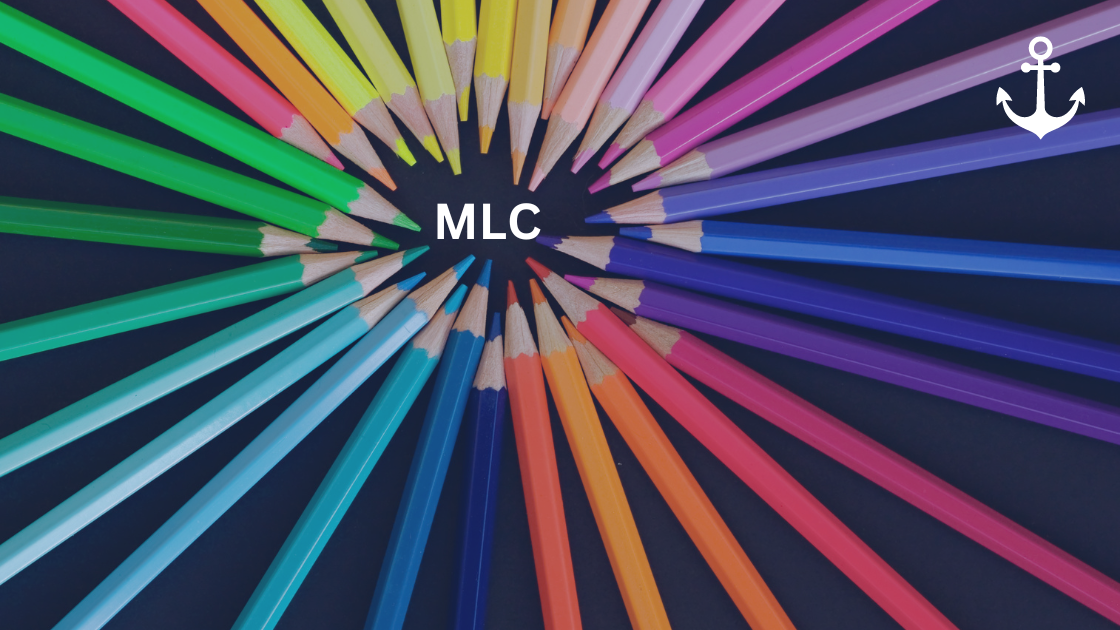
An innovative aspect of the convention was its consolidation of maritime labor instruments. By amalgamating content from 68 such instruments, including 38 Conventions and 30 Recommendations, the convention paved the way for a streamlined regulatory framework while gradually phasing out pre-existing Conventions.
Ratification and Flexibility

A distinguishing feature of the convention was its flexible implementation approach. Comprising two parts, Part A enshrined mandatory standards, while Part B provided non-binding guidelines.
This flexibility enabled nations to tailor their implementation strategies according to their domestic laws, regulations, or collective bargaining agreements. Furthermore, concessions were extended to smaller vessels (200 GT and below), enhancing the convention's adaptability.
Effective Compliance and Enforcement
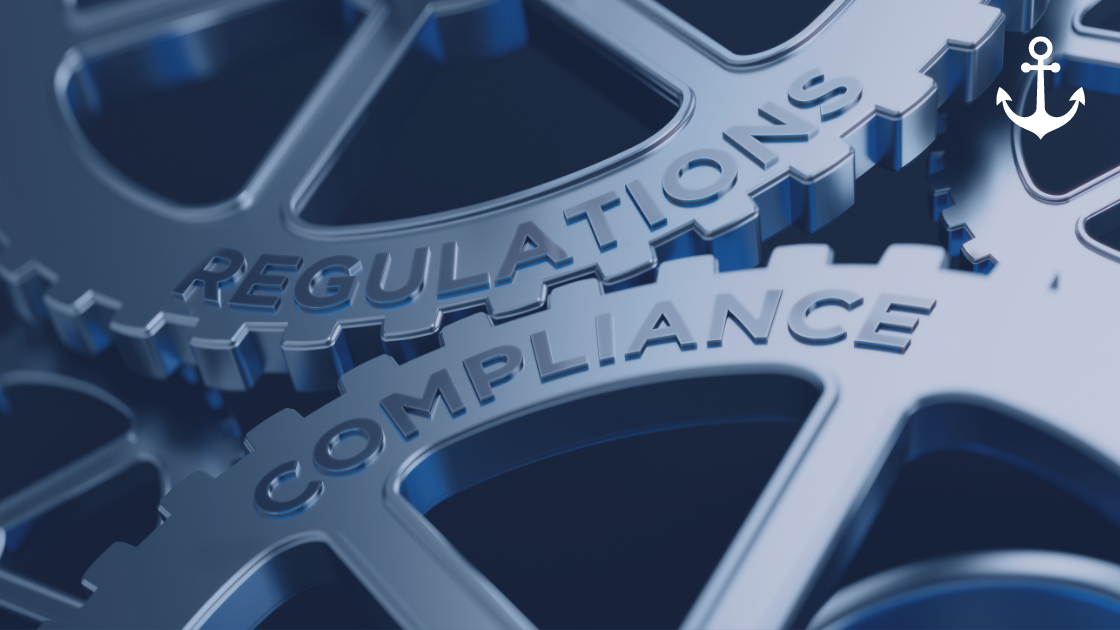
A multi-tiered system was devised to ensure diligent compliance and enforcement of the convention's provisions. This encompassed well-informed seafarers who were cognisant of their rights, shipowners formulating meticulous compliance strategies and maintaining accurate records, and a certification mechanism evaluating "decent work" conditions.
Responsibilities were distributed among flag states, port states, and labor suppliers, culminating in a comprehensive framework.
Enactment and Balancing Legitimacy
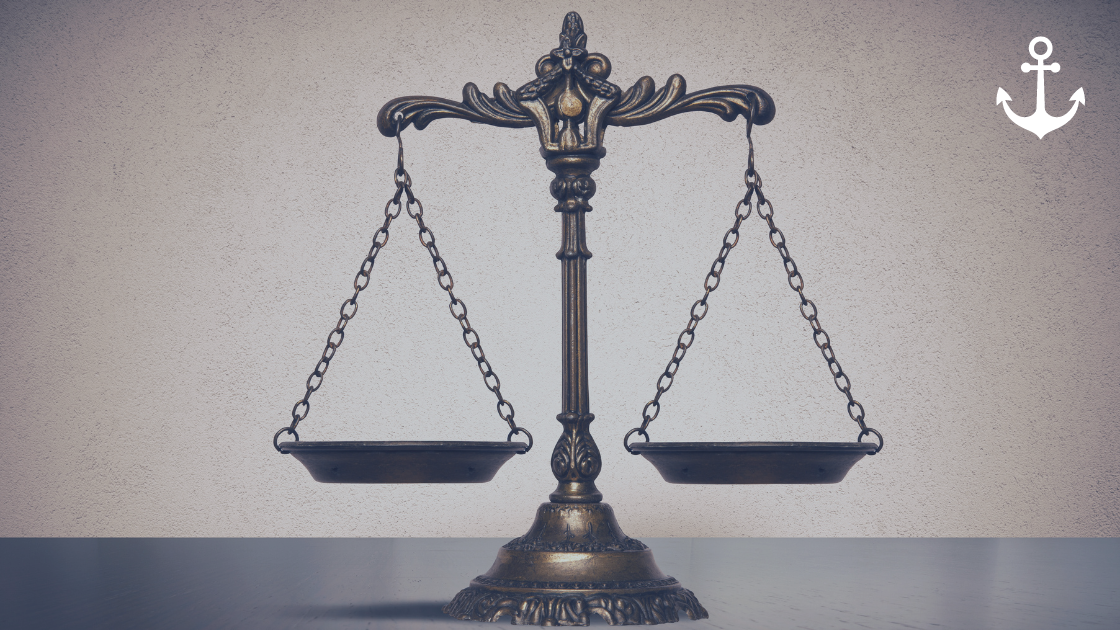
To ensure the convention's legitimacy and encourage prompt enforcement, a precise formula was formulated for its activation. The ILO stipulated a requirement of 30 instruments of ratification, corresponding to a minimum of 33% of the world's gross tonnage of ships.
This intricate formula aimed to strike a balance that validated the convention's credibility while facilitating its entry into force within five years of its adoption.
Structure Resembling IMO's Framework
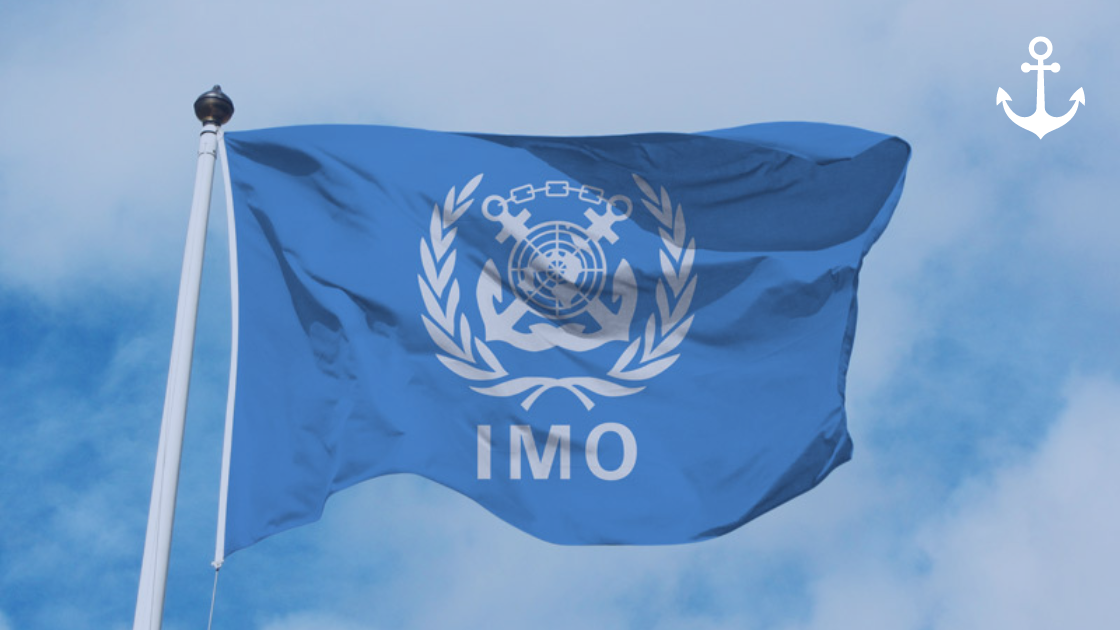
Mirroring the structure of the International Maritime Organization's (IMO) STCW Convention, the Maritime Labor Convention embraced articles, regulations, and a two-part code.
Part A laid down obligatory standards, whereas Part B offered optional guidelines. Governments were entrusted with considering Part B during their implementation endeavors, fostering a holistic approach.
"In the alphabet of maritime regulations, the MLC is a letter that spells out 'respect' and 'rights' for those who sail the seas."
Titles and Core Content

The convention was subdivided into five distinct titles, each addressing pivotal facets of maritime labor:
Title 1: Minimum requirements for seafarers to work on a ship: Establishing minimum prerequisites for seafarers to serve on vessels, encompassing elements like age, medical certification, training, qualifications, recruitment, and placement.
Title 2: Conditions of employment: Encompassing employment conditions, including employment contracts, compensation for vessel loss, wages, work hours, rest periods, career growth, leave entitlement, and repatriation.
Title 3: Accommodation, recreational facilities, food, and catering: Concentrating on accommodation, recreational amenities, food, and catering, securing seafarers' well-being during their tenure onboard.
Title 4: Health protection, medical care, welfare, and social security: Focused on health protection, medical care, welfare, and social security, safeguarding seafarers' health and overall security throughout their employment.
Title 5: Compliance and enforcement: Addressing compliance and enforcement aspects, delineating flag states', port states', and labor suppliers' responsibilities in ensuring adherence to the convention.
Subsequent Steps and Collaborative Endeavours

For the convention's activation, the ILO necessitated ratification by 30 nations, representing at least 33% of the global gross tonnage of ships. This criterion ensured a delicate equilibrium between legitimacy and practicability.
The convention's enforcement entailed a collective endeavour involving governments, seafarers, and shipowners. The initiation of the U.S. TAPILS process through the Department of Labor marked a pivotal stride towards achieving this objective.
The ILO Maritime Labor Convention 2006 stands as an embodiment of the global maritime community's commitment to enhancing the lives and labor conditions of seafarers. By addressing the challenges presented by globalization and antiquated regulations, this convention erects a comprehensive framework that upholds both the workforce and the industry's vitality.
Through its inventive approach and collaborative enforcement mechanism, the convention ensures that the maritime sector not only perseveres but also champions the rights and well-being of those perpetually navigating the industry's waters.
Real Case Studies

Two real-life case studies that can illustrate the significance of the Maritime Labour Convention 2006 (MLC 2006) in ensuring seafarer welfare and addressing critical issues in the maritime industry:
Case Study 1: Abandonment and Repatriation
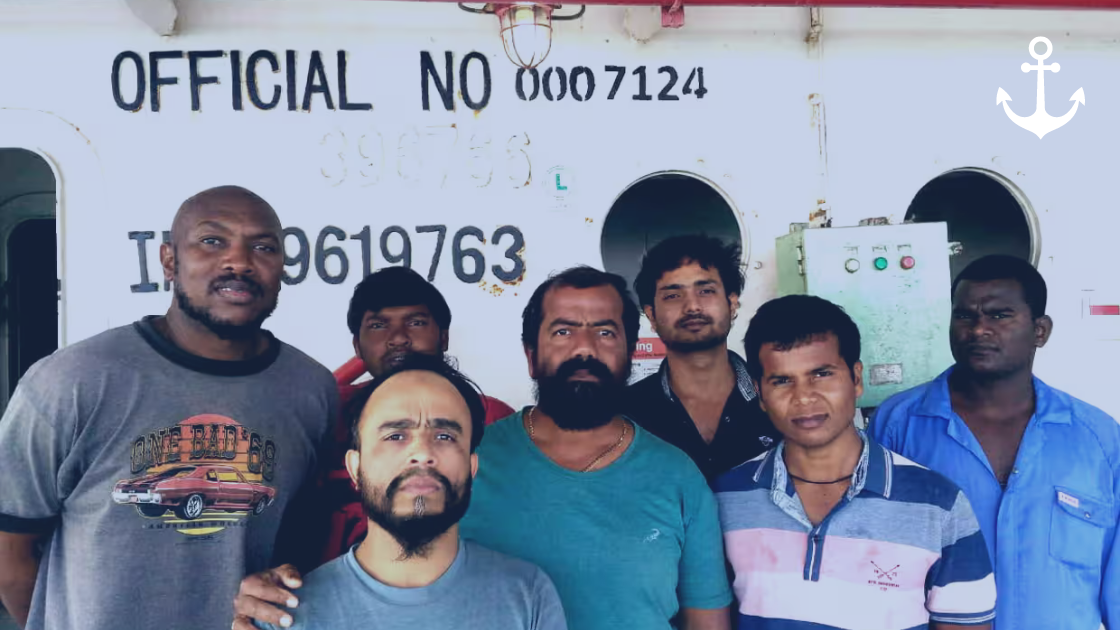
In 2016, the "MV Azraqmoiah," a cargo ship, found itself in a dire situation. The ship's owner faced financial difficulties and abandoned the vessel, leaving the crew stranded on board for months without pay, adequate food, or proper living conditions.
The crew's plight gained international attention, highlighting the pressing issue of crew abandonment.
The Significance of MLC 2006: The MLC 2006, with its provisions for seafarers' welfare and protection, came to the forefront. The convention establishes that shipowners are responsible for the repatriation of their crew in cases of abandonment. As a result, the shipowner's flag state, the Philippines in this case, intervened using MLC 2006 regulations to ensure the crew's safe repatriation.
This case showcased the MLC's crucial role in addressing abandonment scenarios, protecting seafarers from such dire situations, and holding shipowners accountable for their responsibilities.
Case Study 2: Crew Welfare during the COVID-19 Pandemic

The outbreak of the COVID-19 pandemic in early 2020 brought the maritime industry face-to-face with unprecedented challenges. Seafarers found themselves stranded on ships due to travel restrictions, unable to disembark and return home. The prolonged onboard stay caused immense mental and physical strain on the crew members.
The Significance of MLC 2006: MLC 2006's provisions related to seafarer welfare gained renewed importance during the pandemic. The convention mandates that seafarers have access to proper medical care, communication facilities, and recreational activities.
The pandemic emphasized the importance of these rights as seafarers struggled with isolation, uncertainty, and lack of contact with their families. Industry bodies and organizations invoked the MLC 2006 principles to urge governments and shipowners to ensure crew changes and repatriation, highlighting the convention's role in safeguarding seafarers' well-being even in extraordinary circumstances.
These real-life case studies demonstrate the tangible impact of the Maritime Labour Convention 2006 on seafarers' lives and the maritime industry. From addressing issues of abandonment to safeguarding crew welfare during extraordinary events, the MLC 2006's provisions have proved invaluable in upholding the rights, safety, and dignity of seafarers worldwide. As these cases reveal, the convention plays a pivotal role in shaping a more compassionate and responsible maritime industry.
Must Know Points for Seafarers
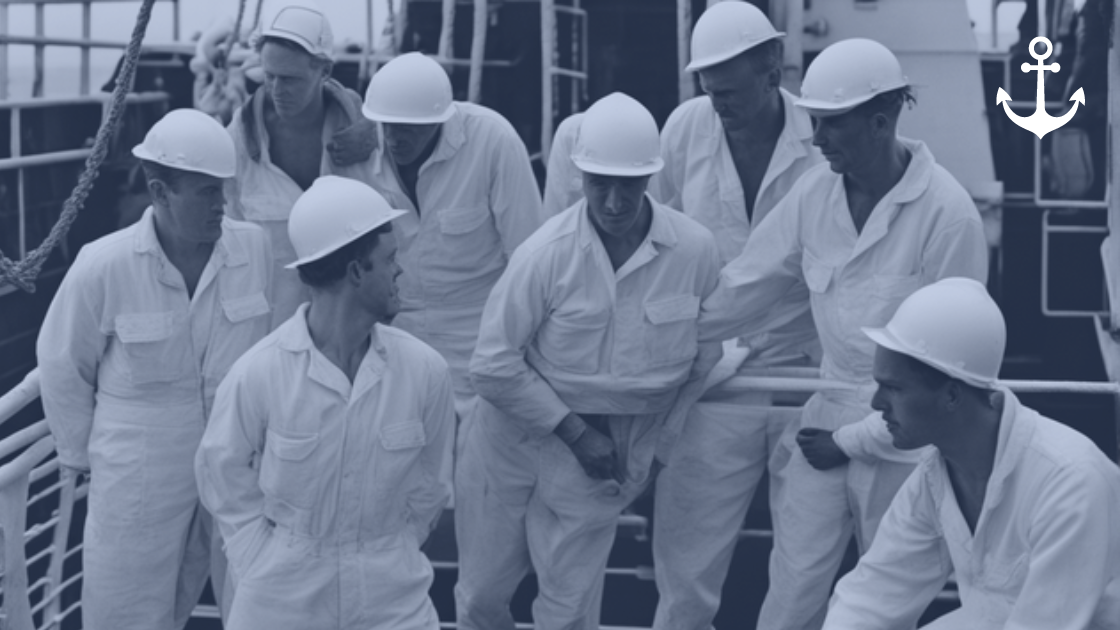
There are some key points from the Maritime Labour Convention (MLC) 2006 that every seafarer should be aware of:
- Minimum Working Age: Seafarers must not be employed before reaching the legal minimum working age set by their country or relevant regulations.
- Seafarers' Employment Agreement (SEA): Each seafarer must have a written contract known as a Seafarers' Employment Agreement that outlines terms and conditions of employment, including wages, working hours, leave entitlements, and repatriation.
- Working Conditions: The MLC sets standards for working conditions, including maximum working hours, rest hours, and breaks. The goal is to prevent exhaustion and ensure seafarers have sufficient time for rest and recreation.
- Accommodation: The convention mandates that seafarers have decent accommodation with proper ventilation, lighting, and sanitary facilities. Accommodation should be clean and comfortable, ensuring the well-being of seafarers during their time on the ship.
- Health and Safety: Shipowners are required to provide seafarers with a safe and healthy working environment. This includes proper training, equipment, and protocols to prevent accidents, injuries, and occupational diseases.
- Health Care: The MLC ensures that seafarers have access to medical care while on board. Ships are required to have medical facilities and personnel to attend to seafarers' health needs.
- Social Security: Seafarers are entitled to social security benefits, including compensation for work-related injuries, illness, or death. This ensures their financial well-being and that of their families.
- Welfare and Recreation: The MLC emphasizes seafarers' welfare by requiring access to facilities for relaxation, entertainment, and communication. This is particularly important for addressing issues of isolation during long voyages.
- Repatriation: Shipowners are responsible for ensuring that seafarers can be repatriated to their home country at the end of their contract, free of charge.
- Complaints and Grievances: Seafarers have the right to raise concerns and submit complaints regarding their working conditions without fear of retribution.
- Inspections and Enforcement: MLC requires regular inspections of ships to ensure compliance with its standards. Flag states, port states, and seafarers' states all play a role in enforcing the convention.
- Training and Certification: The MLC requires seafarers to receive proper training and certification for their roles, ensuring they have the necessary skills and knowledge to perform their duties safely and effectively.
These key points reflect the MLC's commitment to enhancing seafarers' rights, welfare, and working conditions across the maritime industry. It's essential for every seafarer to be familiar with these provisions to ensure their own well-being and to hold shipowners and operators accountable for their responsibilities.
We hope you enjoyed reading our perspective on the MLC convention. We'd like to inform all our readers that these conventions are regularly amended and ratified. To keep you well-informed, we have included links and open-source flippable ebooks from credible sources at the end of this article.
These resources will provide you with the most updated and detailed versions of the conventions. We encourage you to subscribe to MarineX for more enriching content like this. Stay informed, stay connected!
Stay Happy, Know your Rights, Keep Sailing!
Think Family, Safety First!
MLC Word Cloud
We have incorporated a small interactive word cloud to help users revise important terms used in this blog related to the topic. Just click on a word to check the details. We hope this will enrich your learning experience and take you to the next level.
Some Important Links for MLC
Some Flip-books on MLC Convention
Disclaimer: The flipbooks shared below have been converted from directly downloadable PDFs from different sources without altering any content. For more information and queries regarding the content of the same, you can directly contact the respective websites and sources, as most of them provide all the contact information. Our purpose is merely to assist our readers in obtaining a single, comprehensive overview of all relevant content on the topic after reading the blog.
Generated with love, support & assistance of AI